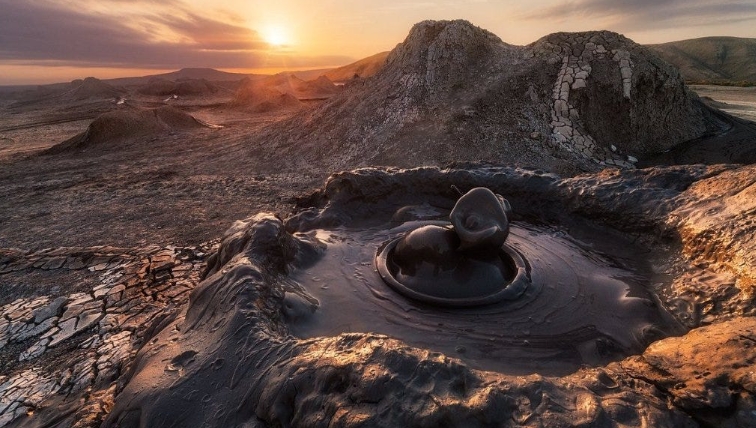Volcanoes are a powerful force of nature, but have you ever wondered how these massive mountains come to be? The fiery origins of volcanoes are fascinating and complex.
Magma Chambers Form Below the Earth’s Surface
The process begins deep beneath the Earth’s surface, where pockets of molten rock called magma chambers form. These chambers are created by the intense heat and pressure within the Earth’s mantle.
Pressure Builds as Magma Rises
As the magma chambers fill with molten rock, pressure builds and eventually forces the magma upwards towards the surface. This movement of magma is accompanied by seismic activity and tremors, which can signal the upcoming eruption of a volcano.
Eruptions Release Pressure and Lava
When the pressure becomes too great, the volcano erupts, releasing a combination of gases, ash, and lava. These eruptions can be explosive or effusive, depending on the viscosity of the magma.
Lava Flows Create New Landscapes
As the lava flows out of the volcano, it cools and solidifies, creating new landscapes and adding to the size of the volcano. Over time, these layers of lava build up to form the iconic cone shape of a volcano.
The Cycle Continues
The cycle of volcanic activity continues as magma continues to rise from the Earth’s mantle, creating new eruptions and shaping the landscape. While volcanoes can be destructive, they also play a crucial role in the Earth’s geology and the formation of new land.
In conclusion, the fiery origins of volcanoes are a complex and powerful process that shapes the Earth’s landscape. Understanding how these massive mountains form can help us better prepare for and appreciate the beauty and danger of volcanic activity.

